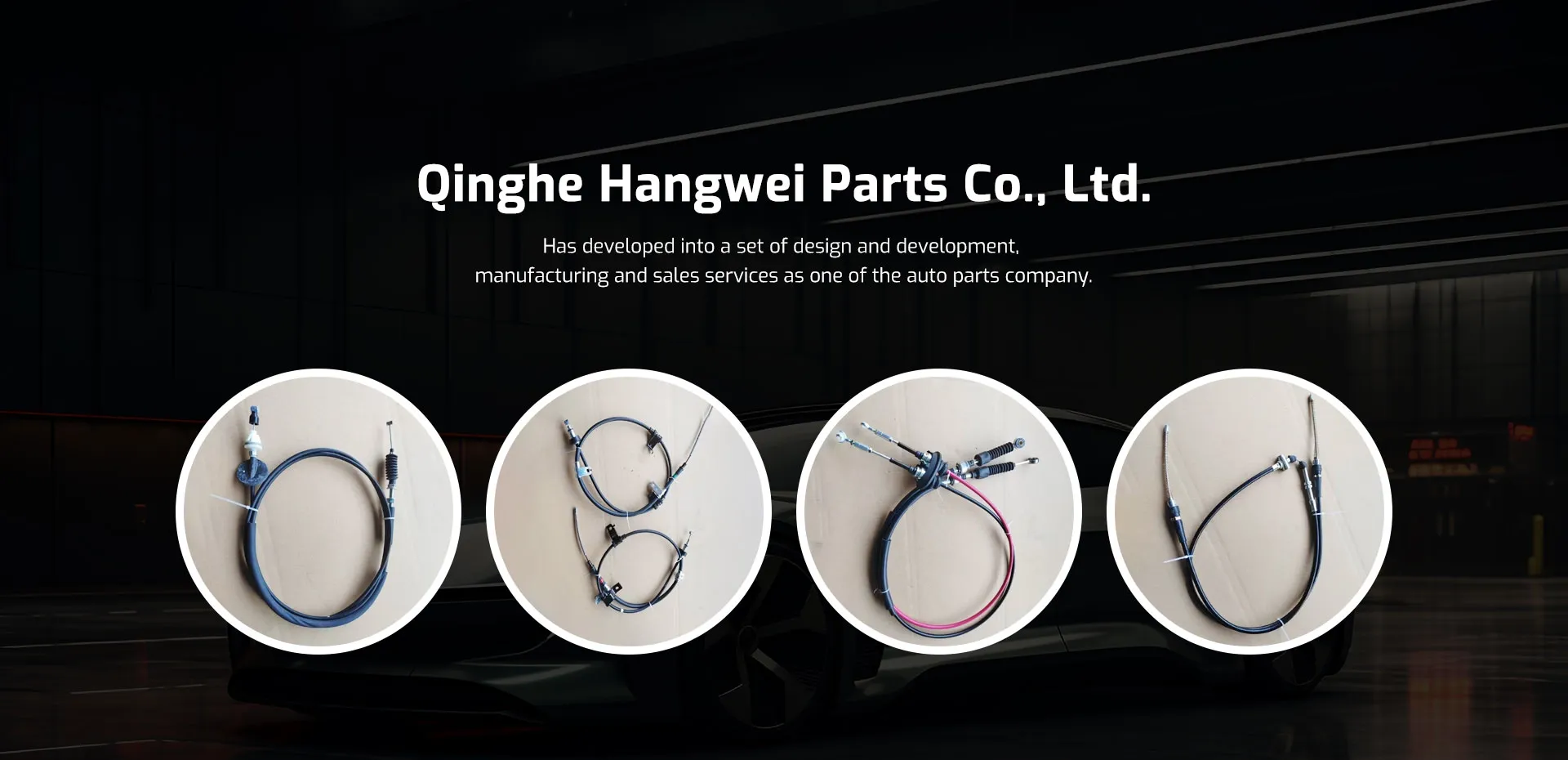handbrake wire
Understanding Handbrake Wire An Essential Component for Vehicle Safety
When it comes to vehicle safety and functionality, the handbrake, also known as the parking brake, plays a crucial role. It is designed to keep a vehicle stationary when parked, preventing unintended movement. The handbrake wire, a vital part of this system, ensures that the handbrake operates effectively and reliably. In this article, we will delve into the anatomy of the handbrake wire, its operation, common issues, and maintenance tips.
What is Handbrake Wire?
The handbrake wire, often referred to as the brake cable, is a steel cable that connects the handbrake lever in the cabin to the brake mechanism at the rear wheels. This wire is usually encased in a protective sheath to prevent wear and tear, which can be caused by friction, weather conditions, and contaminants. The wire is pivotal for the correct functioning of the handbrake system, transmitting the force applied by the driver through the handbrake lever to the brake components.
How Does It Work?
When the driver pulls the handbrake lever, the handbrake wire tightens, pulling on the rear brake shoes or calipers (depending on whether the vehicle has drum or disc brakes). This action engages the brakes, firmly holding the vehicle in place. The simplicity of the mechanism is one of the reasons why the handbrake is a reliable and effective means of securing a parked vehicle.
In some modern vehicles, the handbrake wire may be replaced with electronic systems. However, traditional handbrake systems with wires are still prevalent and require regular maintenance to ensure they function correctly.
Common Issues with Handbrake Wires
Like any mechanical component, handbrake wires can encounter issues over time. Here are some common problems
1. Fraying and Damage Continuous use and exposure to elements can cause the outer casing of the handbrake wire to wear down, leading to fraying. If left unnoticed, this can result in complete failure, rendering the handbrake ineffective.
2. Rust and Corrosion In regions where roads are salted during winter, handbrake wires can develop rust and corrosion. This not only weakens the wire but may also cause it to seize, preventing it from functioning when needed.
handbrake wire

3. Improper Adjustment Handbrake wires may become loose over time, requiring adjustment. An improperly adjusted handbrake can lead to insufficient engagement, increasing the risk of rollaway incidents.
4. Breakage If a handbrake wire breaks, the handbrake will no longer function. This failure can occur suddenly, especially if the wire is not maintained or if it has been subject to excessive force.
Maintenance and Care
To ensure the longevity and effectiveness of the handbrake wire, regular maintenance is essential. Here are some tips
1. Regular Inspections Periodically check the handbrake wire for signs of wear, fraying, or corrosion. Conduct these checks particularly after harsh weather conditions or before long trips.
2. Lubrication Some handbrake systems benefit from occasional lubrication of the cable system. However, take care not to over-lubricate, which can attract dirt and debris.
3. Proper Adjustment Make sure that the handbrake is properly adjusted. This ensures that pulling the lever engages the brakes effectively without requiring excessive force.
4. Replacement of Worn Components If signs of wear are evident, consider replacing the handbrake wire. This is often a straightforward job for a qualified mechanic, and timely replacement can prevent potential accidents.
5. Be Mindful of Usage Using the handbrake correctly is important. It should be used when parking and not as a means of slowing down the vehicle while driving, which can lead to premature wear.
Conclusion
The handbrake wire, while often overlooked, is a critical component of vehicle safety. Understanding its function, recognizing common issues, and practicing regular maintenance can ensure that your handbrake remains effective. Whether in daily use or on long road trips, a reliable handbrake can provide peace of mind, knowing that your vehicle is secure when parked. Always prioritize safety and take proactive steps to maintain the handbrake system for the well-being of yourself and others on the road.
-
Workings of Clutch Pipe and Hose SystemsNewsJun.04,2025
-
The Inner Workings of Hand Brake Cable SystemsNewsJun.04,2025
-
The Secrets of Throttle and Accelerator CablesNewsJun.04,2025
-
The Hidden Lifeline of Your Transmission Gear Shift CablesNewsJun.04,2025
-
Demystifying Gear Cables and Shift LinkagesNewsJun.04,2025
-
Decoding Clutch Line Systems A Comprehensive GuideNewsJun.04,2025
